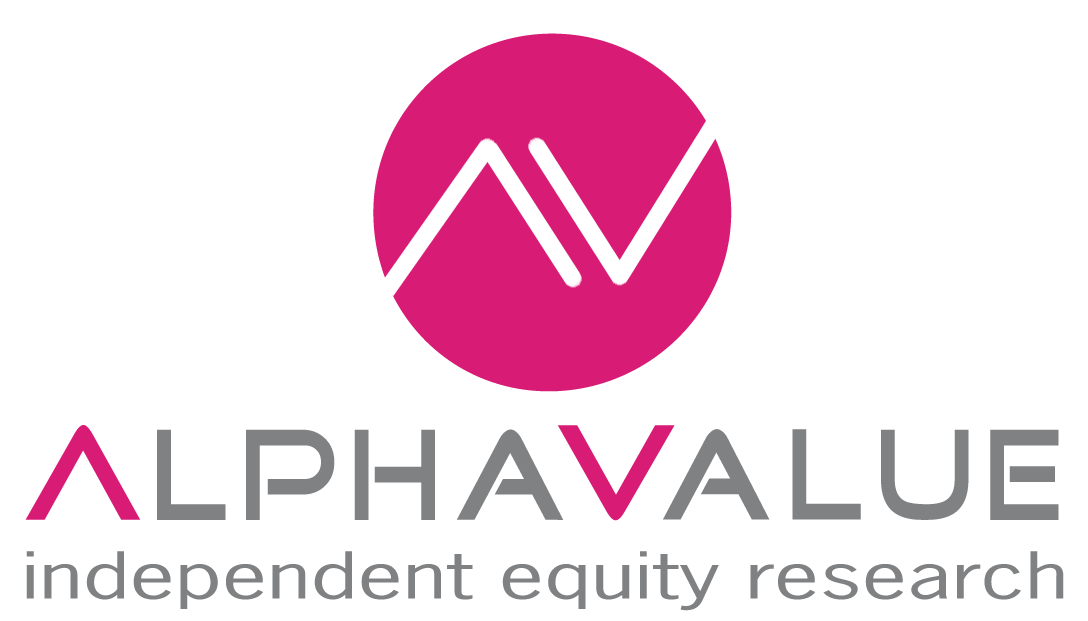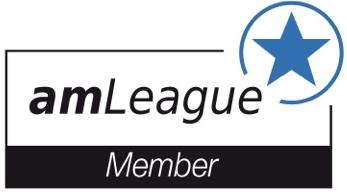| To view this news in your browser, please click here | |||||||||||||||||||||||||||||||||||||||||||||||||

|
|||||||||||||||||||||||||||||||||||||||||||||||||
|
|||||||||||||||||||||||||||||||||||||||||||||||||
|
|||||||||||||||||||||||||||||||||||||||||||||||||
Preserve the upside potential of European equitiesEuropean equities offer an attractive outlook, despite political risk. A number of factors support this asset class according to Edmond de Rothschild Asset Management. First, the economic recovery is continuing and has now gained a grip in France and Italy, countries that had previously escaped it. On the monetary policy front, the president of the European central bank has allayed investor concerns by arguing that there is no justification for changing course. Mario Draghi was keen to scotch rumours of interest-rate hikes and to end speculation about another imminent reduction in the asset purchase programme, which has already been shrunk. In April, this programme was extended until December 2017, but it now totals €60bn per month, down from €80bn previously. Mergers & acquisitions will also continue to drive European markets over the coming months after a lull in 2016. Several factors point to a fresh round of mergers, starting with an upward movement in interest rates that is bound to start sooner or later. Companies have realised that favourable financing conditions will not last forever and are looking to transform themselves in a bid to restore pricing power1. The synergies harnessed will also boost their margins. Since the start of last year, inflows into European equities have ground to a halt. The ramifications of the Brexit vote prompted investors to steer clear of political risk. If the French election results in a victory for a candidate not advocating a “Frexit”, we will likely witness a significant repositioning in this asset class. German elections do not seem to harbour any risks, while Italian elections are scheduled in theory at the start of next year. That said, this particularly busy calendar will cause some volatility in the markets. Mitigate volatilityInstitutional investors, in particular those subject to the Solvency II (SII) directive, are increasingly demanding a flexible and dynamic approach to mitigate volatility while investing in European equities. To cater to these needs, Edmond de Rothschild Asset Management (France) launched at the end of 2015 the fund Edmond de Rothschild Equity Europe SOLVE. The objective of the SOLVE strategy is to participate partially in the performance of European equity markets while taking out total or partial permanent hedging against equity risk in the futures markets. This strategy appears particularly appropriate to us in today’s environment. It also allows institutional investors subject to the Solvency II directive to reduce the SCR (Solvency Capital Requirement)2 consumption of their equity exposure, since it has a SCRequity objective of 22%. Lastly, this strategy limits the probability of taking provisions for permanent impairment in case of a major market shock. To attain a SCRequity objective of 22%, a number of options-based hedging combinations are used. These permanent and long-term hedging strategies are defined and optimised on the basis of our market expectations (in particular the level and structure of volatility) and a twofold regulatory and financial objective. To offset hedging costs, the management team tactically uses positive carry strategies (sale of call options with a short maturity) that also smooth out the fund’s net asset value and enhance its performance. The strategic objective is to mitigate sudden shocks (in other words, the SCR), to limit the costs of them and to optimise the financial and regulatory risk/return profile relative to conventional solutions (simple hedging). We also make sure that the implementation of options-based strategies complies with Solvency II eligibility criteria relating to Risk Mitigation Techniques, thereby avoiding a requalification risk that could potentially raise the capital cost of the fund’s equity exposure. A combination of key expertiseEdmond de Rothschild Equity Europe SOLVE is underpinned by an investment process developed by European equity managers, accessible through the amLeague platform. The mergers & acquisitions and restructurings/transformations themes are its two value-creating pillars. The fund’s investment process went through a crucial test in 2016. Despite periods of market turbulence, the fund has gained 8.74% since its launch in December 2015, compared with 8.67% for the MSCI Europe (NR) index at March 31, 20173, while preserving an average SCRequity of 21% and drastically mitigating market shocks. The fund combines three of the Group’s core areas of expertise: (i) our know-how in European equity management and stock selection, (ii) our experience in active risk management and reduction using derivative instruments, and (iii) our expertise in financial engineering to deal with the Solvency II requirement. The solution we have developed seeks to offer insurance companies, mutuals and social protection groups an attractive regulatory and financial risk/return profile so that they can increase their equity exposure while maintaining the same level of total volatility (and hence the cost in capital) as a conventional equity fund, or preserve their equity exposure while reducing volatility/potential drawdown (and hence capital consumption). Lastly, since the transparency requirement is one of the fundamental pillars of the Solvency II directive, Edmond de Rothschild Asset Management (France) made a commitment early on to provide a detailed performance breakdown. In addition to the Ampère4, the fund’s reporting includes a specific section containing information that gives investors an indication of the fund’s equity exposure and SCR consumption, in particular: the effects of standard shocks as a percentage per risk factor (equities and foreign exchange), an analysis of each hedging strategy applied by type of instrument, and the line-by-line contribution by type of instrument to the SCRequity and SCRcurrency5. Given that dedicated solutions require close teamwork, our managers work closely with investors to offer them solutions tailored to their needs, in particular for their regulatory reporting requirements. The figures referred to in that document are related to the past. Past performance is not a reliable indicator of future results. The synthetic indicator ranks that Fund in category 4. Risks of EDR Equity Europe Solve : capital loss risk, discretionary management risk, credit risk, exchange rate risk, equity risk, risk linked to derivatives. Risk of capital loss: The UCITS does not guarantee or protect the capital invested, so investors may not recover the full amount of their initial capital invested even if they retain the units for the recommended investment period. Discretionary management risk: The discretionary management style is based on anticipating trends on the various markets (equities, bonds, money market, commodities and currencies). There is a risk that the UCITS may not be invested in the best-performing markets at all times. The performance of the UCITS may therefore be lower than the investment objective, and a drop in its net asset value may lead to negative performance. Credit risk: The main risk linked to debt securities and/or money market instruments such as treasury bills (BTFs and BTANs) or short-term negotiable securities is that of issuer default, due either to the non-payment of interest and/or the non-repayment of capital. Credit risk is also linked to the downgrading of an issuer. Unitholders are reminded that the net asset value of the UCITS is likely to fall if a total loss is recorded on a financial instrument following default by an issuer. The inclusion of debt securities in the portfolio, whether directly or through UCIs, exposes the UCITS to the effects of variations in credit quality. Interest rate risk: Exposure to interest rate products (debt securities and money market instruments) makes the UCITS sensitive to interest rate fluctuations. Interest rate risk might result in a fall in the value of the security and, therefore, the NAV of the UCITS in the event of a change in the yield curve. Equity risk: The value of a share may vary for reasons specific to the issuing company but also in response to external, political or economic factors. Fluctuations in the equity and convertible bond markets, whose performance is partly correlated with that of the underlying equities, may lead to substantial variations in net assets, which could have a negative impact on the performance of the UCITS’ net asset value. Risk linked to derivatives: The UCITS may invest in forward financial instruments. The use of financial contracts may result in the risk of a sharper, more abrupt drop in net asset value than in the markets in which the UCITS invests. Edmond de Rothschild Asset Management on amLeagueWith its expertise in stocks selection, Edmond de Rothschild Asset Management is present on amLeague Europe Equities mandate from June 2010. Be aware that, on amLeague, the universe of eligible securities is strictly limited to the Stoxx 600 Europe’s components. Edmond de Rothschild Asset Management achieved a very good performance from the end of December 2015 in a volatile first half of 2016 and benefited from rising markets during the autumn of 2016: +13.57% versus +8.01% for the Stoxx Europe 600.
Source : amLeague, April 13, 2017
1. The capacity of a company or a brand to raise its prices without this affecting demand for its products or services.
LEGAL DISCLAIMER
INVESTMENT COMPANY EDR EQUITY EUROPE SOLVE AND GLOBAL DISTRIBUTOR: |
|||||||||||||||||||||||||||||||||||||||||||||||||
|
|||||||||||||||||||||||||||||||||||||||||||||||||
|
|||||||||||||||||||||||||||||||||||||||||||||||||
|
amLeague |
|||||||||||||||||||||||||||||||||||||||||||||||||
| If you no longer wish to receive amLeague newsletters, unsubscribe here | |||||||||||||||||||||||||||||||||||||||||||||||||









































